Premium Japanese Tea Caddies: A Take on Kaikado’s Craftsmanship
As a dedicated tea enthusiast, I once believed I had all the essential tools for an optimal tea experience. My collection included a beautifully crafted porcelain cup for sipping my favorite brews, a silver strainer to handle intruding tea leaves, and a water filter designed to tackle the persistent limescale found in London water.
However, a visit to Kyoto introduced me to the intricate world of Kaikado.
Although the name Kaikado may be unfamiliar to many in Britain, this esteemed Japanese brand has been crafting tin-lined tea caddies, known as chazutsu, for an impressive 150 years. The brand’s international recognition began two decades ago when Tim D’Offay, owner of the renowned Mayfair tea shop Postcard Teas, showcased these exquisite caddies in London for the very first time.
Takahiro Yagi, the current sixth-generation owner of Kaikado, recalls that pivotal London trip fondly. At just 30 years old, this was not only his first expedition outside Japan but also a significant moment for his family business established in 1875, marking the first time they presented their craftsmanship to the Western audience.
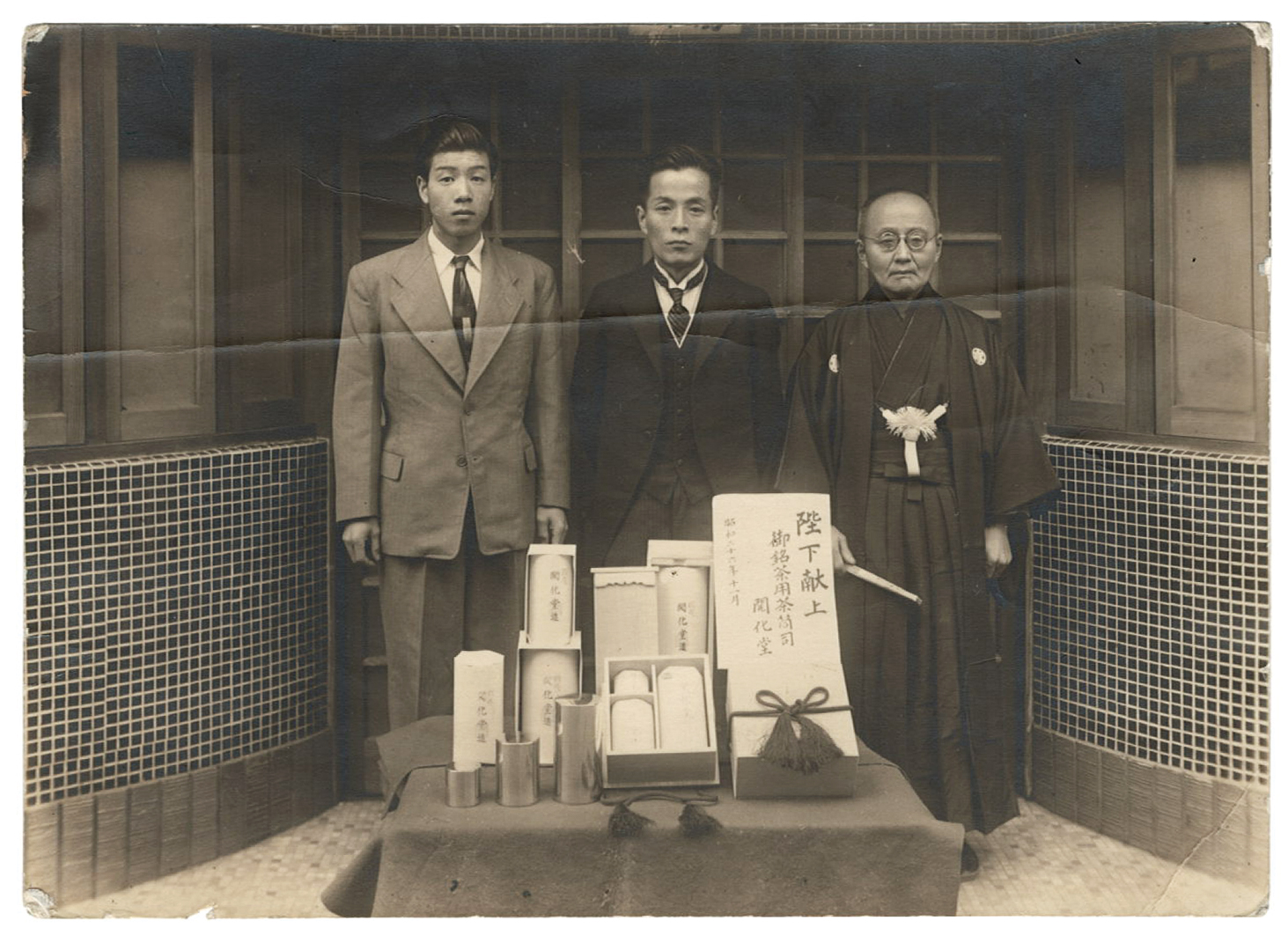
Yagi reflects on how momentous this undertaking was. With a small team of just five artisans capable of producing about ten caddies per day, the company faced financial constraints regarding travel. However, recognizing the UK’s significance as a major tea market after China and Taiwan, Yagi took a leap of faith, securing an affordable plane ticket with D’Offay’s gracious offer of hospitality during his stay.
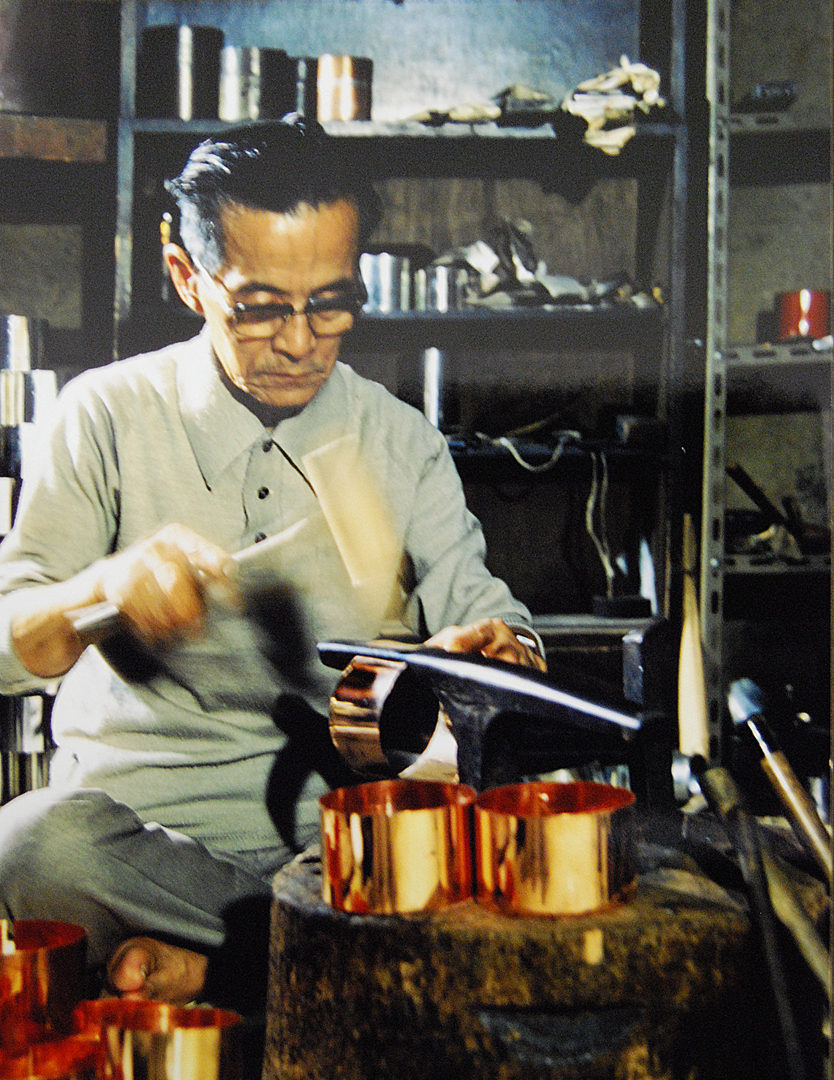
Fast forward two decades, and Kaikado has not only flourished but has also expanded its influence significantly. In 2014, their meticulously crafted tea caddies became part of the permanent collection at the Victoria and Albert Museum, and later, exhibitions followed at the Musée des Arts Décoratifs in Paris and the Design Museum of Denmark. Each year, the talented artisans represent their craft at prestigious fairs like Maison & Objet and Salone del Mobile. The tea caddies are now featured in the offices of luxury brands like Loewe and Hermes, and they are available for purchase in 15 countries globally.
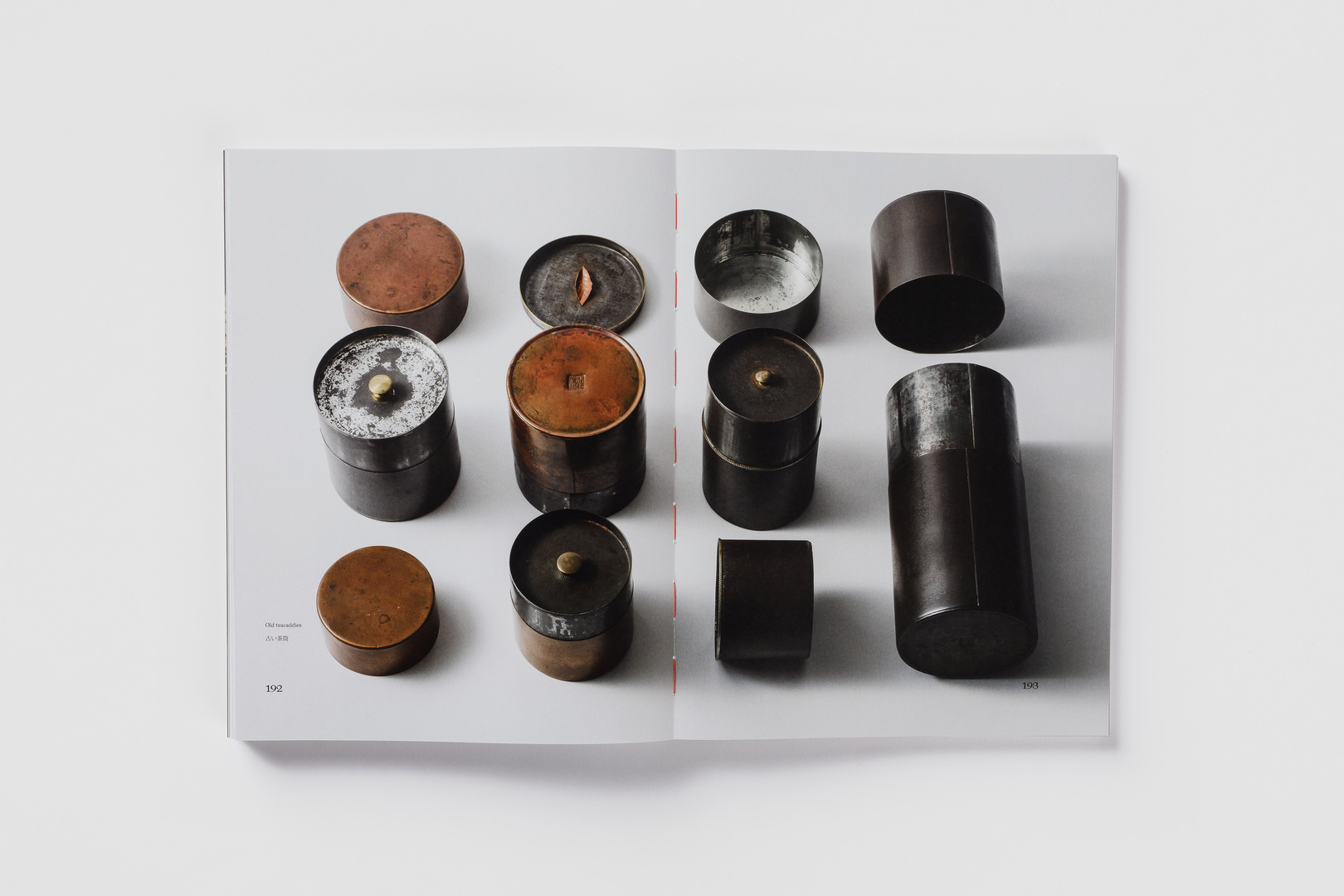
This month marks a special occasion as Kaikado celebrates its 150th anniversary with the release of a book by enthusiast Ted Gushue, published by ERG Media. The book delves into the rich history of Japan’s oldest caddy maker and recounts unique anecdotes, including a wartime episode where the owner buried his tools to prevent them from being repurposed for military efforts. Gushue also highlights the deep-rooted belief among many artisans that each handmade item embodies the character of its creator, offering a distinctiveness that mass-produced items lack. Gushue emphasizes Yagi’s appreciation for the term “mono-gara,” referring to the inherent quality found in people and objects alike. Just like individuals have distinct personalities, so too do these handcrafted pieces.
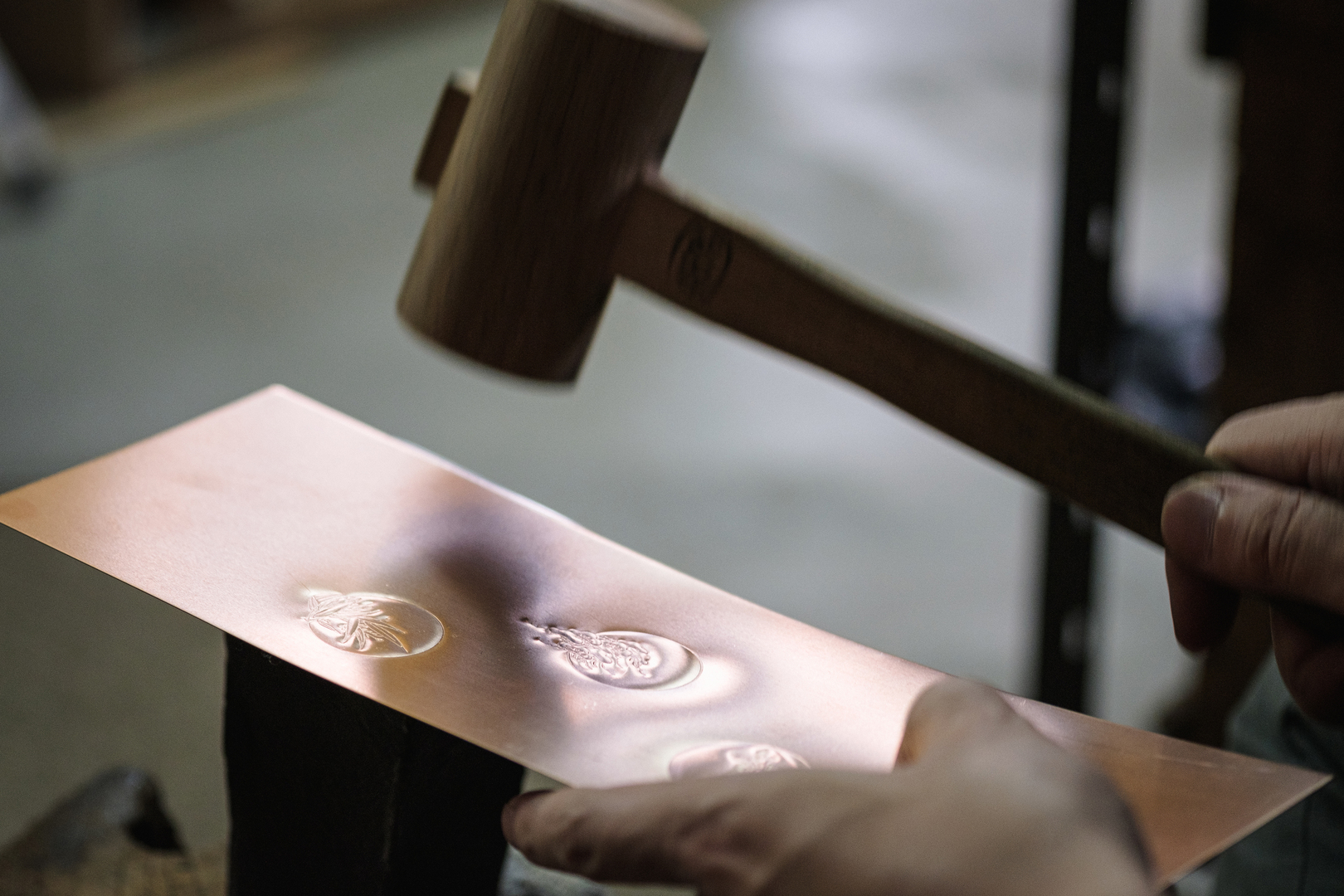
Having spent countless delightful hours in Kaikado’s Kyoto store, I can affirm that while their caddies may appear similar, each one is a unique creation, crafted through approximately 130 intricate processes. One of the most challenging tasks—mastered over eight to ten years by apprentices—involves ensuring that the lid fits seamlessly, allowing no air to enter. Yagi demonstrates how a well-crafted lid should slide on with ease, reflecting the joy of craftsmanship.
In addition to their caddies, the Yagi family has recently opened a café adjacent to their workshop. Here, visitors can explore Kaikado’s stunning caddies, engage with traditional Japanese crafts, and enjoy hand-made coffee. Yagi recognizes that many young people may not be initially drawn to craftsmanship, but through the simple pleasure of enjoying coffee from beautifully made cups, they can unknowingly develop an appreciation for artisanal quality.
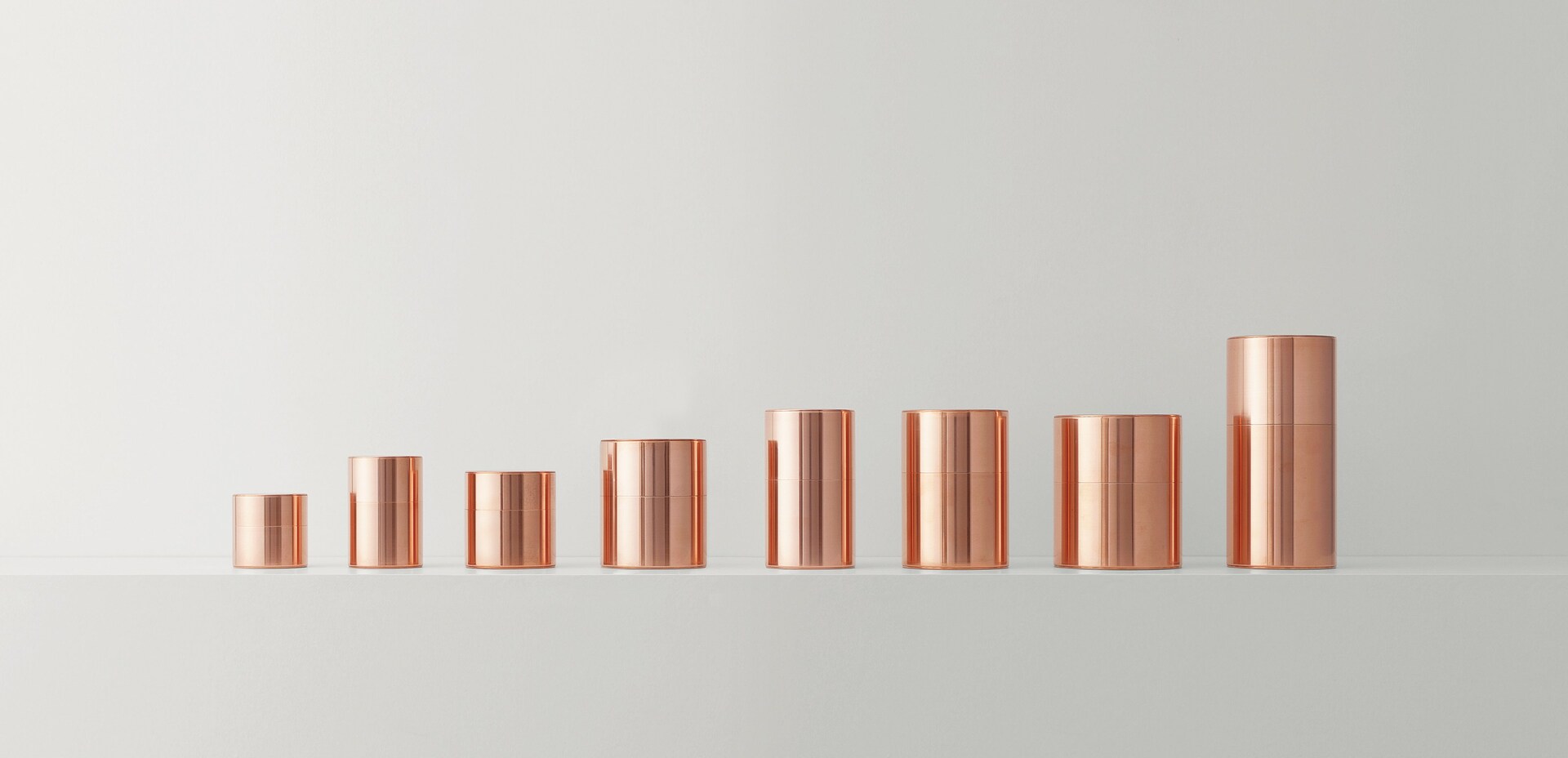
Each morning, I relish the moment I lift the snug lid of my brass Kaikado caddy to prepare my tea. Regardless of how long it’s been stored, the tea remains perfectly dry and aromatic. Using a matching brass spoon, personalized with my name in Japanese, I am transported back to that Kyoto shop, feeling the resonance of craftsmanship and the warmth of human connection. This experience inspires dreams of expanding my collection—perhaps to include caddies for coffee, sugar, and flour. Kaikado’s offerings, now including spaghetti tins and a Danish-designed teapot, might just entice another visit to Kyoto in the near future…
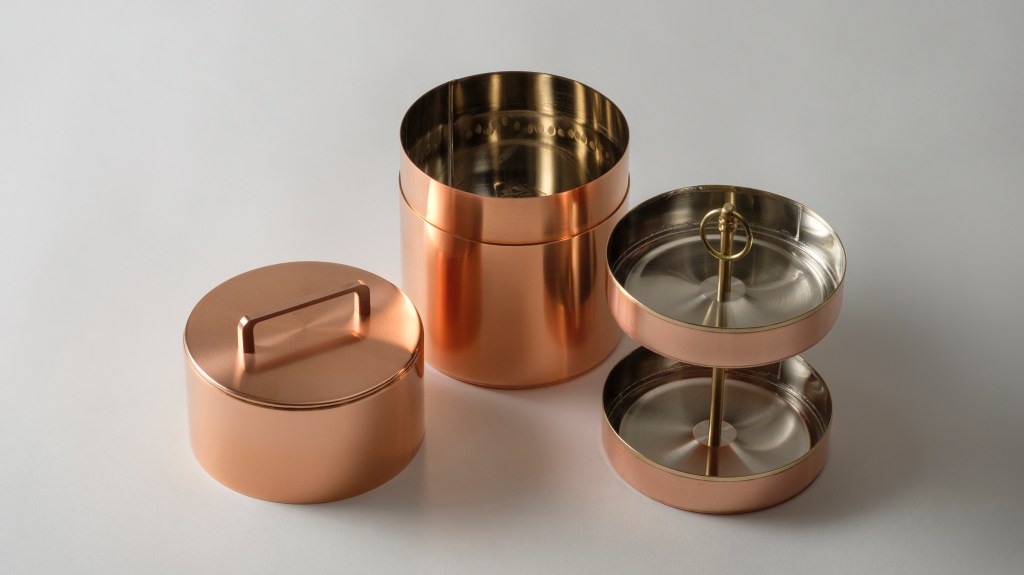
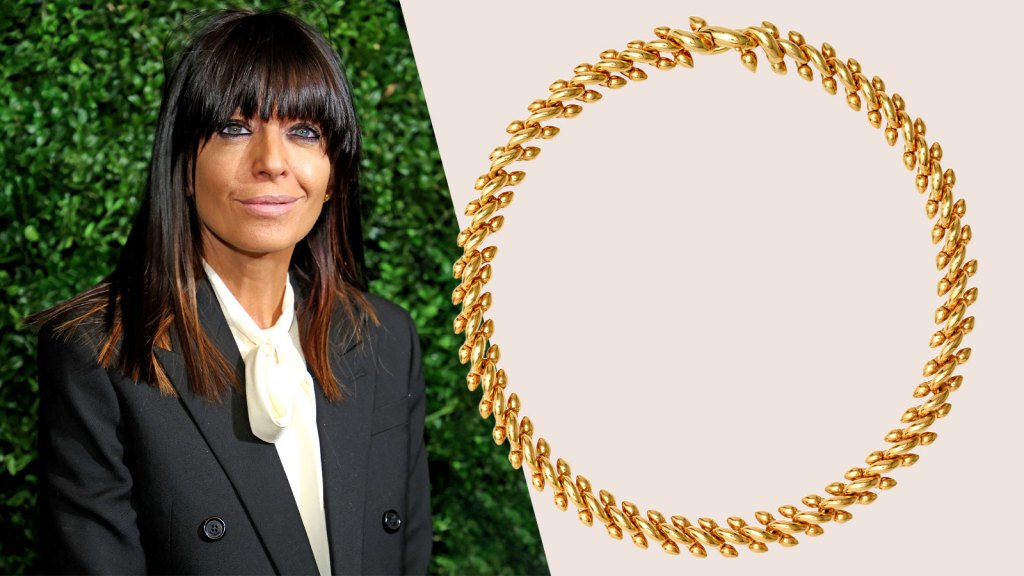
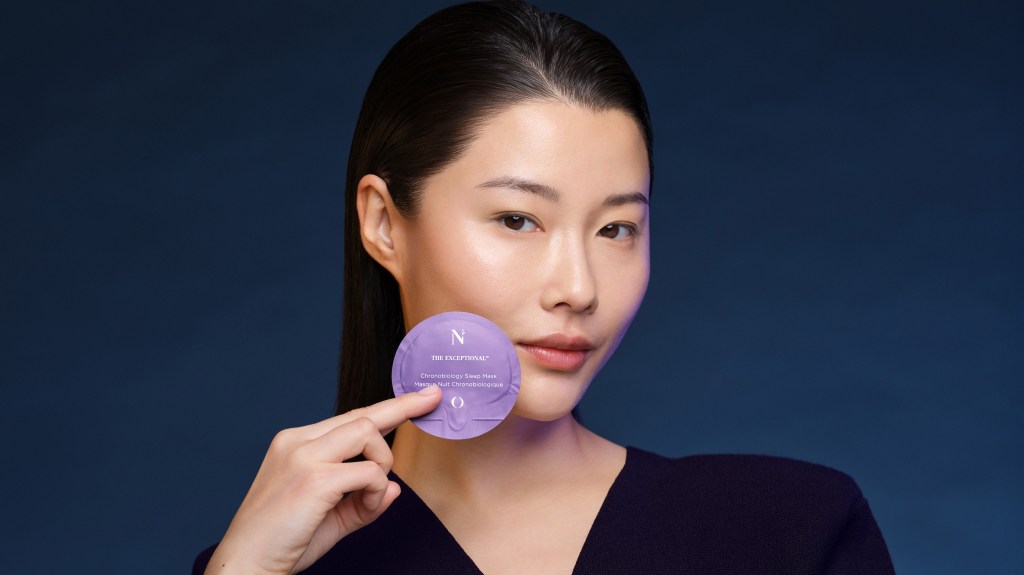
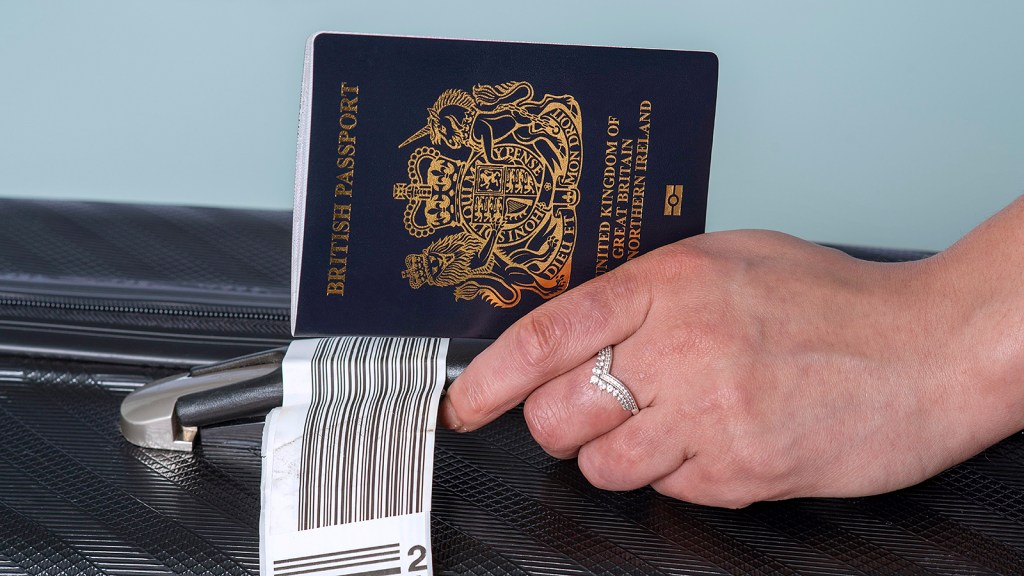
Post Comment